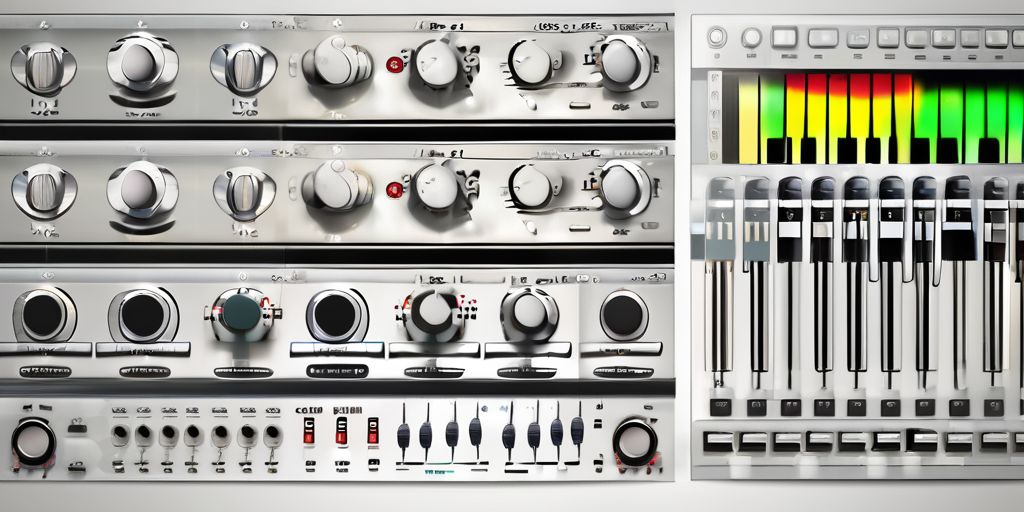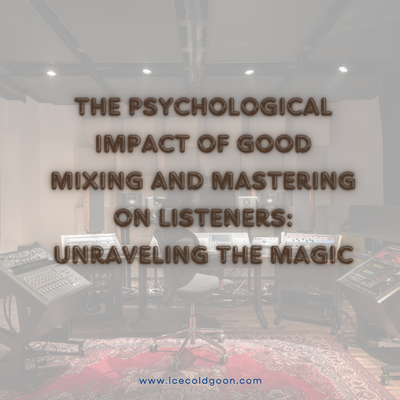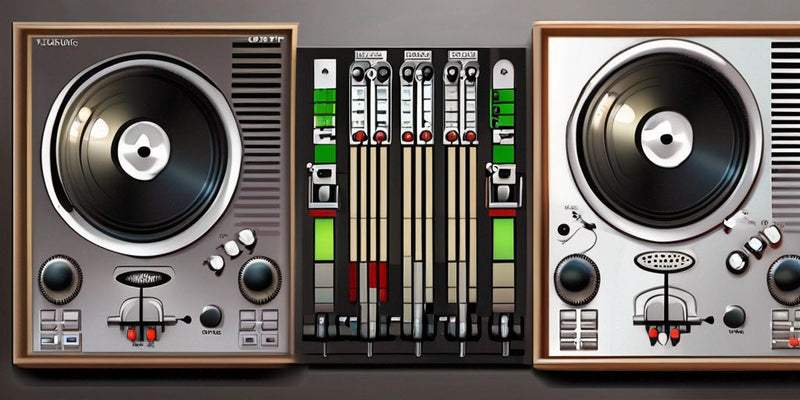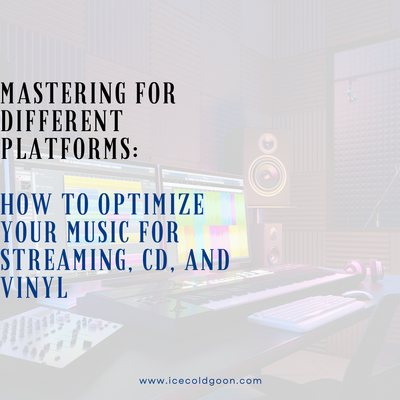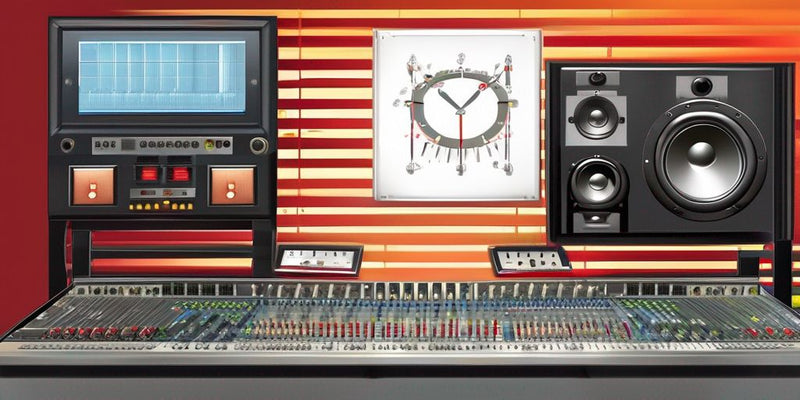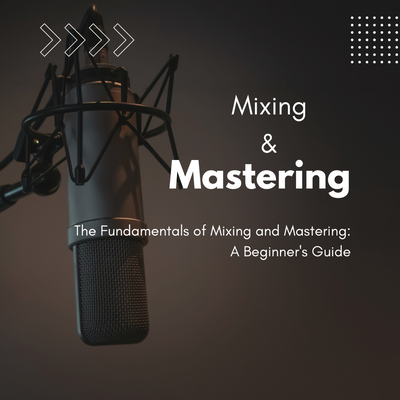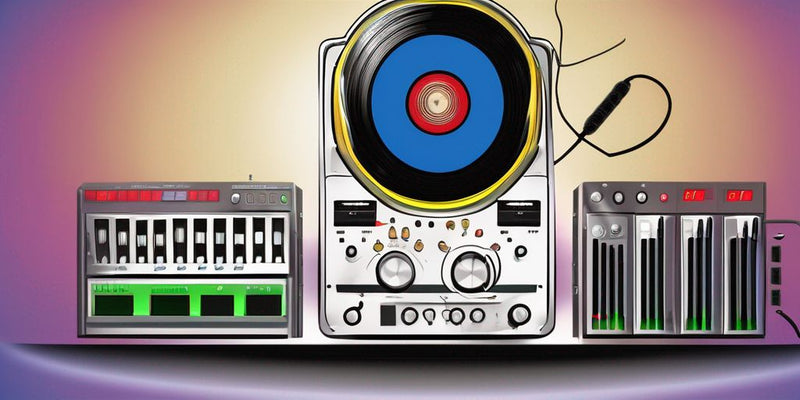Free Logic Vocal Mixing Templates
Overview
What is vocal mixing?
Vocal mixing is balancing and enhancing the vocals in a music production. It involves adjusting the levels, panning, and applying various audio effects to create a polished and professional sound. Proper vocal mixing is crucial for ensuring that the vocals stand out and blend well with the other instruments. It requires technical skills and artistic judgment to achieve the desired result. In vocal mixing, the goal is to make the vocals sound clear, impactful and well-integrated into the overall mix.
Importance of vocal mixing
Vocal mixing is an essential part of creating a professional-sounding music production. It involves balancing the vocals with the rest of the instrumentation to ensure clarity, presence, and impact. Proper vocal mixing can make or break a song, significantly enhancing the emotional connection between the artist and the listener. Pay attention to the details of vocal mixing, such as EQ, compression, and effects, to achieve a polished and cohesive sound. Even the best vocal performances can get lost in the mix without proper vocal mixing, resulting in a lackluster final product. Therefore, understanding the importance of vocal mixing is vital for any music producer or engineer.
Common challenges in vocal mixing
Vocal mixing can present various challenges that engineers and producers must overcome to achieve a professional sound. One common challenge is balancing the vocals with the instrumental elements of the mix. This involves adjusting the levels and panning of the vocals to ensure they are audible and sit well in the overall mix. Another challenge is managing the dynamic range of the vocals, as they can vary in volume and intensity throughout the performance. This requires compression and automation techniques to control the dynamics and ensure a consistent level.
Addressing vocal imperfections such as sibilance, plosives, and background noise can be challenging. This may involve using EQ, de-users, and noise-reduction tools to clean up the vocals. Engineers can achieve a polished and professional vocal mix by understanding and overcoming these challenges.
Choosing the Right Vocal Mixing Template
Understanding your genre
Understanding your genre is crucial when choosing a suitable vocal mixing template. Different genres have different requirements and expectations when it comes to vocal production. For example, a pop song may require a clean and polished vocal sound, while a rock track may benefit from a more raw and gritty vocal tone. By understanding the characteristics of your genre, you can select a verbal mixing template tailored to meet those specific needs. Additionally, consider the tempo and energy of your genre, as these factors can influence the overall mix and the placement of the vocals within the mix. Take the time to research and analyze the vocal production techniques commonly used in your genre to ensure you choose the suitable verbal mixing template for your project.
Considering the vocal style
When choosing a suitable vocal mixing template, it is essential to consider the vocal style of the track. Different vocal styles require other treatments regarding EQ, compression, and effects. For example, a smooth and airy vocal style may benefit from a gentle boost in the high frequencies and a touch of reverb to enhance the spaciousness. On the other hand, an assertive and aggressive vocal style may require more aggressive compression and a touch of distortion to add grit and energy. By understanding the vocal style, you can select a verbal mixing template that provides a solid foundation for achieving the desired sound.
Evaluating the complexity of the mix
When evaluating the complexity of the mix, it's essential to consider the number of tracks, the arrangement, and the overall production style. Complex mixes with multiple layers and intricate vocal arrangements may require more detailed adjustments and processing. On the other hand, more straightforward mixes with fewer tracks and minimal effects may require less tweaking. By understanding the complexity of the mix, you can choose the appropriate vocal mixing template that suits your needs and saves you time in the mixing process.
Customizing the Vocal Mixing Template
Adjusting levels and panning
Adjusting levels and panning are crucial steps in vocal mixing. Level adjustments help ensure the vocals are balanced with the rest of the mix, while panning allows you to position the vocals in the stereo field. You can create a well-balanced and immersive vocal mix by carefully adjusting the levels and panning. Additionally, it is essential to consider the vocals' dynamic range and ensure they are quiet enough. This can be achieved through compression techniques. Overall, adjusting levels and panning aims to create a cohesive and impactful vocal sound that enhances the overall production.
Applying EQ and compression
After adjusting levels and panning, the next step in customizing the vocal mixing template is applying EQ and compression. EQ (equalization) helps shape the sound of the vocals by boosting or cutting specific frequencies, while compression helps control the dynamic range of the vocals. It is important to carefully listen to the vocals and make precise adjustments to achieve a balanced and polished sound. Using a combination of different EQ and compression settings can enhance the clarity, presence, and overall impact of the vocals in the mix. It is also crucial to consider the genre and vocal style when applying EQ and compression, as different genres and vocal styles may require further treatment. Experimenting with different settings and techniques can help to find the perfect balance and achieve professional-sounding vocals.
Adding effects and automation
Once you have adjusted the levels and applied EQ and compression to your vocal mix, enhancing it further with effects and automation is time. Effects such as reverb, delay, and chorus can add depth and character to the vocals, while automation allows you to control parameters over time, creating dynamic and expressive vocal performances. Experiment with different effects settings and automation techniques to find the perfect balance and enhance the overall impact of your vocal mix.
Conclusion
Benefits of using vocal mixing templates
Using vocal mixing templates can significantly enhance your workflow and productivity as a music producer. These templates provide a starting point for your vocal mixes, saving time and effort. They offer pre-configured settings for levels, EQ, compression, and effects, allowing you to achieve a professional sound without starting from scratch. Additionally, vocal mixing templates can help you learn and understand different techniques and approaches to vocal mixing. Studying and customizing these templates allows you to develop your mixing skills and create unique sounds. Whether a beginner or an experienced producer, verbal mixing templates can be valuable in your music production arsenal.
Final thoughts on free logic vocal mixing templates
In conclusion, free logic vocal mixing templates are valuable for both beginner and experienced producers. They provide a solid starting point for achieving professional-sounding vocal mixes, saving time and effort. By utilizing these templates, producers can focus more on the creative aspects of their music production and less on the technicalities of mixing. Additionally, the availability of free vocal mixing templates allows producers to experiment with different styles and techniques without the need for expensive plugins or equipment. Incorporating free logic vocal mixing templates into your workflow can significantly enhance the quality and efficiency of your vocal mixes. Check out the following resources for finding a wide range of verbal mixing templates:
Resources for finding vocal mixing templates
When it comes to finding vocal mixing templates, various resources can help streamline your workflow and enhance your mixing skills. Online platforms such as Splice and Plugin Boutique offer a wide range of free and paid templates that cater to different genres and styles. You can also find templates on music production forums and social media groups where producers share their creations. It's important to remember that while templates can be a great starting point, they should be used as a guide and customized to suit your specific needs and artistic vision.

